Visiting Naples, Sorrento, and the Amalfi Coast is a great way to experience Italy's culture and natural beauty. This seven-day itinerary is excellent for those who want to experience a more insightful tour while keeping the option of using public transportation in mind. From the lively streets of Naples to the picturesque coastal cities of Sorrento, Positano, Amalfi, and Ravello, there is something for everyone here. This itinerary has been designed based on my own travels.
Day 1 Arrival and Naples
It would be advisable to arrive early to have sufficient time to explore some of the attractions of Naples. Piazza del Plebiscito, Royal Palace, Teatro di San Carlo, and Galleria Umberto I are all worth visiting.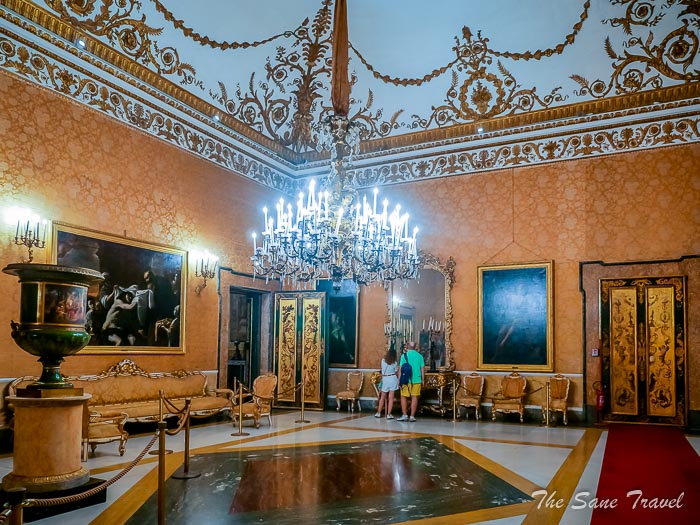
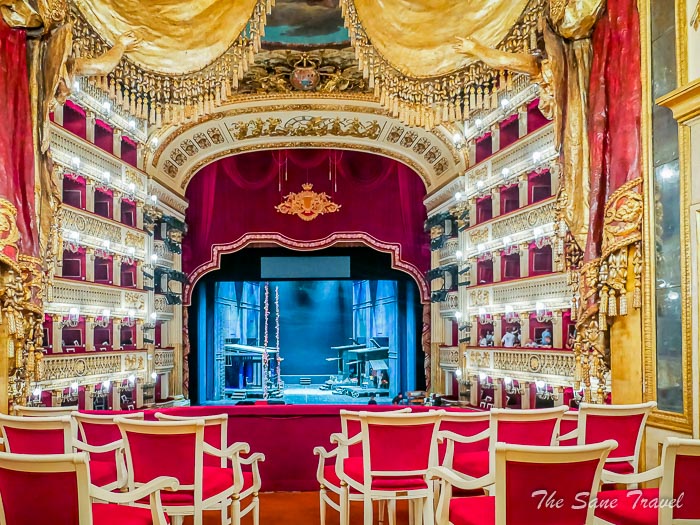
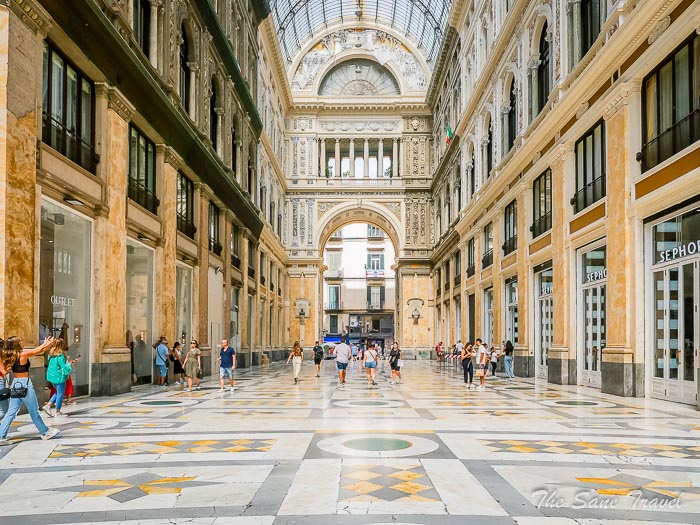
Practical information
The closest tube station to Piazza del Plebiscito is Municipio, which is on Line 1. If you would like to go on a guided tour of Teatro di San Carlo, it is recommended to contact them beforehand to find out the exact tour time, as it might differ from that stated on their website.
Overnight Naples
I stayed at B&B Aurora Luxury and can recommend it to you as well. Enjoy the sights of the port of Naples from your room's balcony.
Day 2 Pompeii and travel to Bomerano
A half-hour train ride from Naples will take you to the ruins of Pompeii, inscribed on the UNESCO Heritage list.
Pompeii
This Roman city, known for its historical significance, was destroyed by the Mount Vesuvius eruption in 79 AD, and its ruins were not discovered until the 18th century. You can access the site through any of the three entrances, the main one being Porta Marina. Excavation efforts have allowed for a deeper insight into the history of this unique location.
Practical information
You should plan to spend at least two to three hours exploring the Pompeii site. Do your research before the visit and make a list of places you want to see, as the site is quite extensive. Large bags over 30x30x15cm are not permitted on the premises but can be stored at the train station. There is a cloakroom available for smaller items. Entrance to Pompeii is free on the first Sunday of each month; however, it is also the busiest day. If your budget allows, it is recommended to visit the site on a less-crowded day for a more enjoyable and relaxed visit.
After your trip to Pompeii, catch a train to Castellammare di Stabia and then take bus number 5080 to Agerola/Bomerano.
Castellammare di Stabia
If the opportunity arises, you can have some lunch and go for a stroll around the town. Castellammare di Stabia is renowned for its gorgeous mountain landscape, making it an ideal spot for sunbathing and swimming in the calming sea.
I had a light meal at Gran Café Napoli 1850, located at the intersection of Piazza Principe Umberto and Via Mazzini. It was opened in 1850 under the name of Caffè di Europa. The food there was very enjoyable.
If there is enough time, you can take the cable car from the Circumvesuviana train station to Mount Faito. Keep in mind that the cable car is not operational during the winter season. The cable car trip from Castellammare di Stabia to Mount Faito only takes about eight minutes, offering a spectacular view of the Gulf of Naples, Vesuvius, and Castellammare di Stabia.
Practical information
It is crucial to plan your travel on day two according to the timetable of bus number 5080 to Agerola/Bomerano. Buses do not run frequently and the schedules can vary depending on the day of the week. Therefore, it is of utmost importance to carefully check the schedules on the bus company's website and pay attention to the letters at the top of each column. These letters denote the days the bus runs, for example, G- daily, F- Monday to Saturday, H-holidays, etc.
Overnight Bomerano
I stayed at Costa Blu Agerola and can recommend it to you as well.
Day 3 Path of Gods, Positano, and Amalfi
The Path of the Gods, or Il Sentiero Degli Dei in Italian, is a historic pathway linking the villages of Bomerano and Nocelle. It used to be the only way for inhabitants to travel between the two towns. The path is now kept intact for recreational tourism and hiking. If you are travelling during the summer, it is best to start early. Ensure that you put on your most comfortable footwear for this walk. Begin by heading to Piazza Paolo Capasso and follow the signs for the Path of the Gods. Make a sharp left turn and go straight until the next sign appears.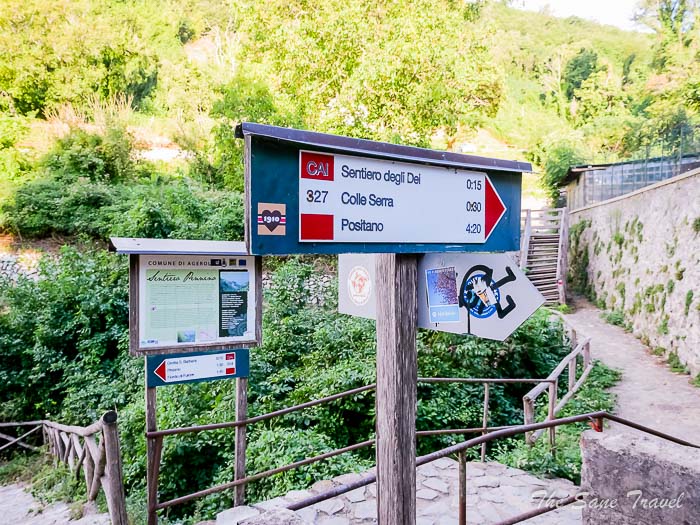
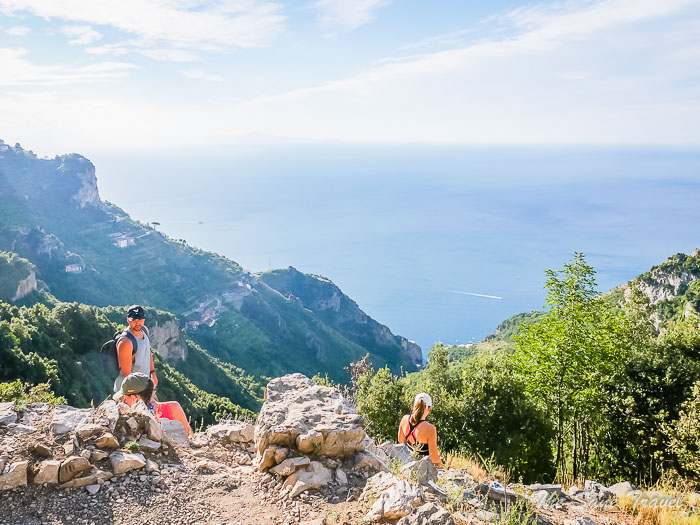
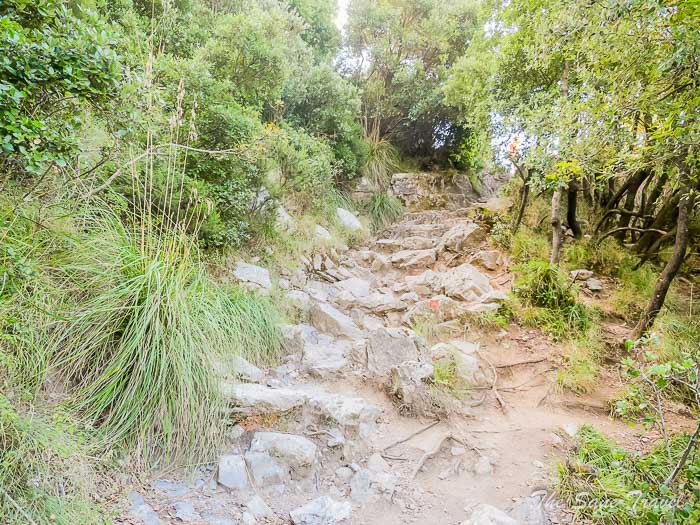
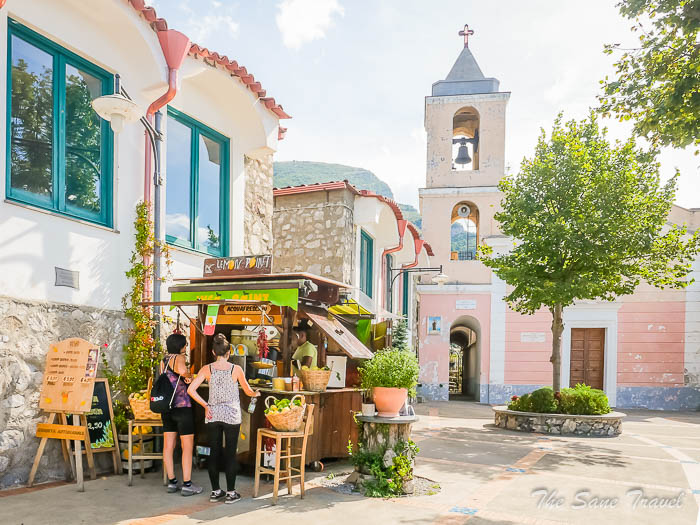
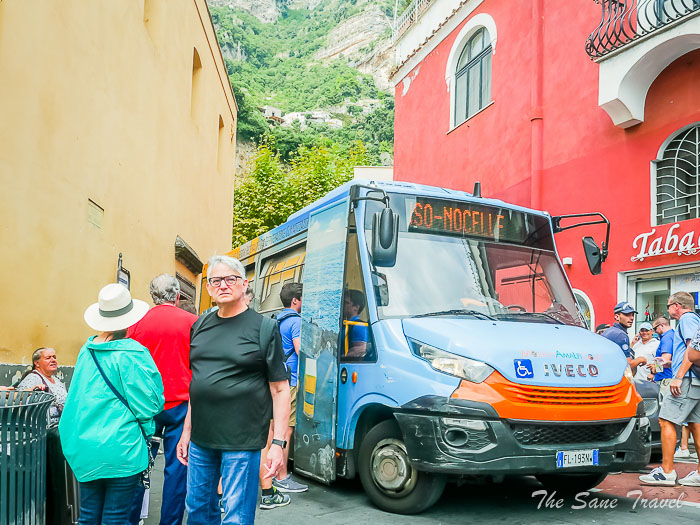
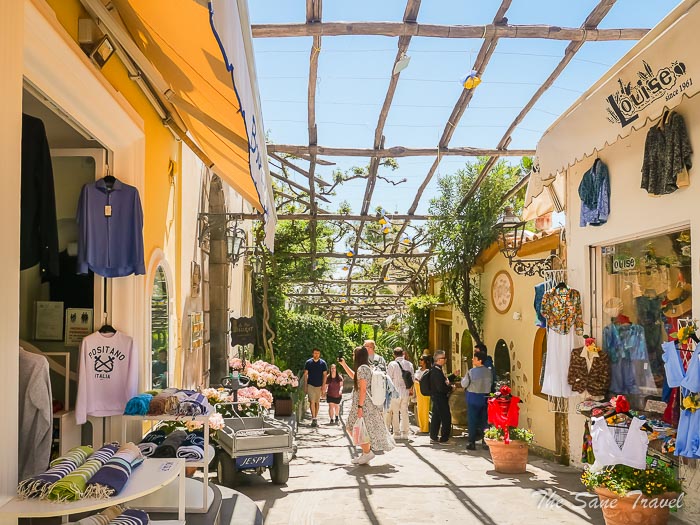
Overnight Scala
I stayed at Hotel Villa Giuseppina and it was a good value for money.
Day 4 Explore Scala, Ravello, and Amalfi
Scala is a picturesque town located slightly away from the main tourist attractions in the area. It is just a short distance from Ravello and is the oldest settlement close by. From Scala, it is possible to get a good view of Ravello, which can be reached in a thirty-minute walk or by a short bus ride. 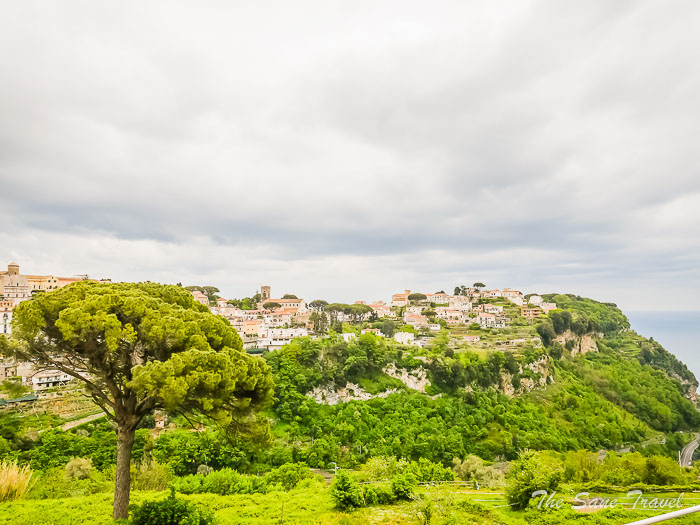
Cathedral of San Lorenzo
San Lorenzo Cathedral is a historical building which has been around since 987 when Scala was named an Episcopal See (‘See’ means ‘seat’ in Latin). 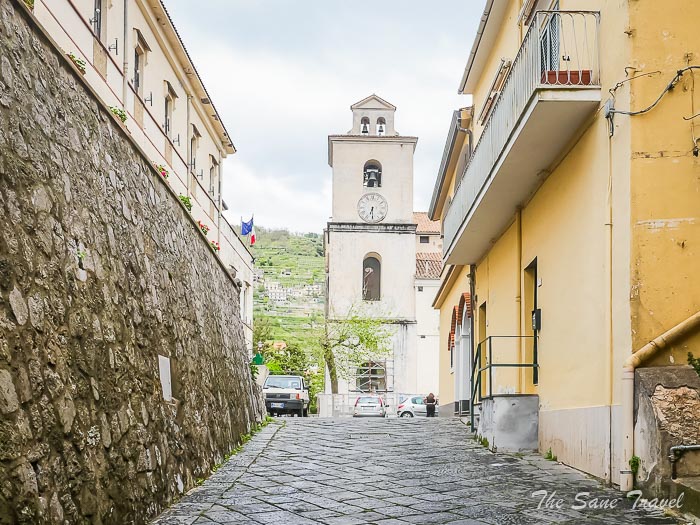
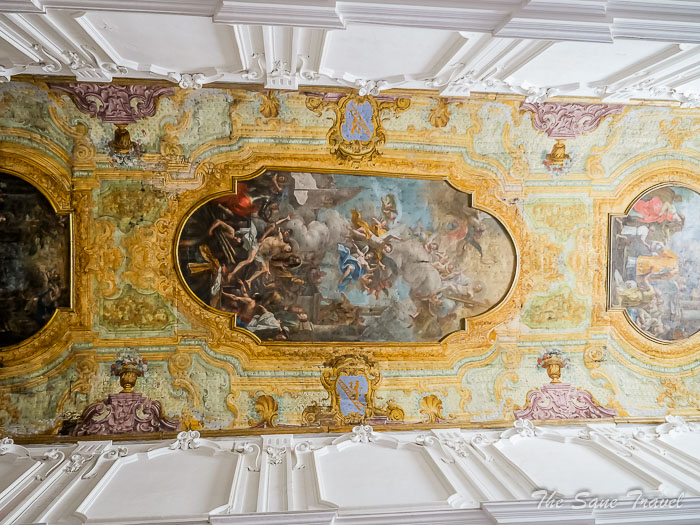
Villa Rufolo
Situated in Ravello, Villa Rufolo has been a renowned cultural and historical hub since the 13th century. Built by a wealthy merchant family, it is considered one of the earliest works of the Italian Renaissance, famously featured in the Decameron, a collection of tales penned by Boccaccio in 1353. 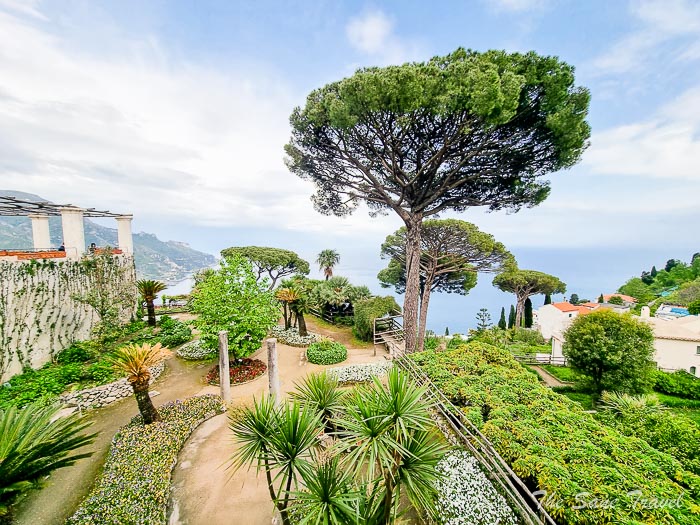
Villa Cimbrone Gardens
Villa Cimbrone, situated atop a promontory with picturesque views of the Mediterranean and the coastline, is a renowned landmark of Ravello. Its origins trace back to the 11th century, with extensive renovations carried out by a British nobleman, Lord Grimthorpe, in the early 20th century. Although the villa itself is a private 5-star hotel, the captivating gardens can be explored by the public. 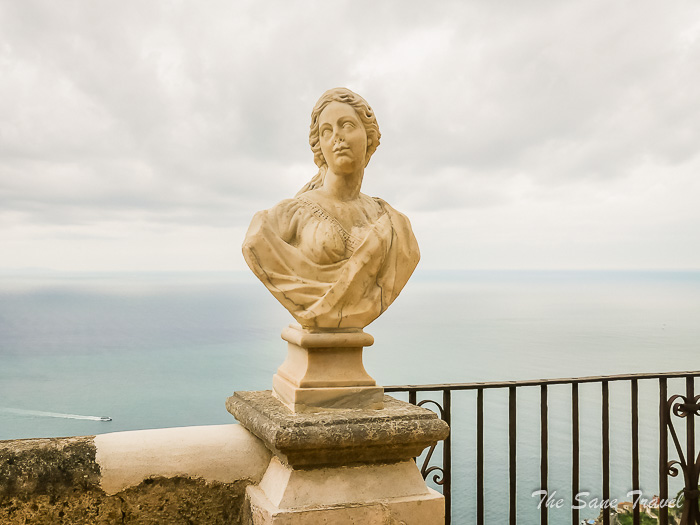
Walk around Amalfi and visit Amalfi Cathedral
Amalfi was a prosperous town in the Middle Ages with a formidable fleet that controlled the commercial routes of the Mediterranean Sea.
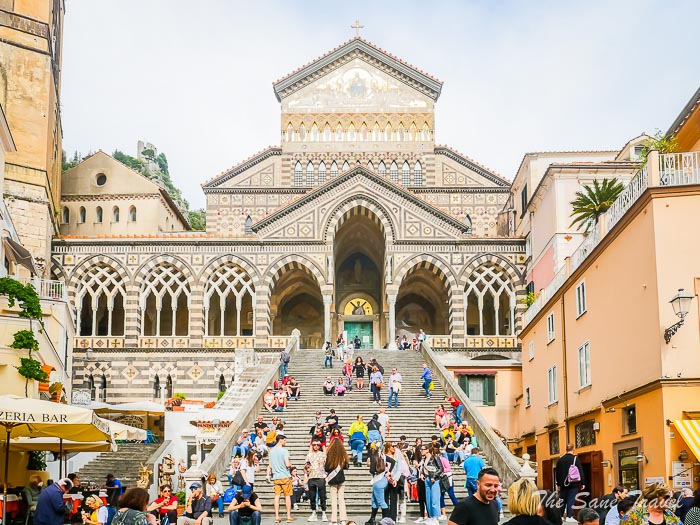
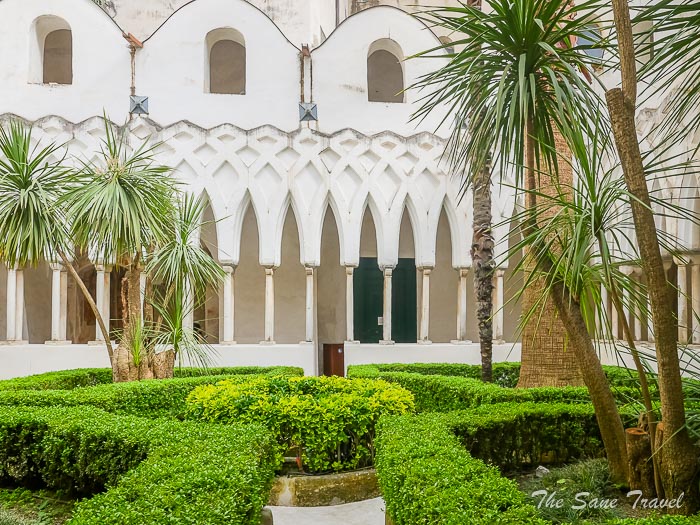
Overnight Sorrento
Day 5 Day trip to Capri and Sorrento
Spend the day in Capri. First, take a 20-minute ferry ride from Sorrento to the island. 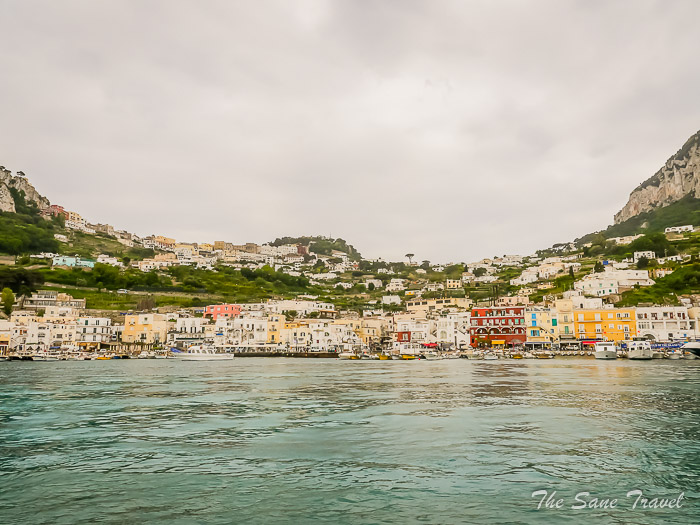
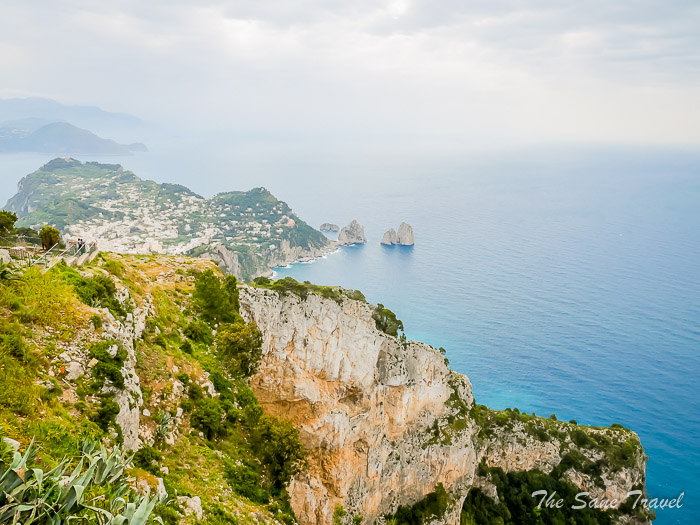
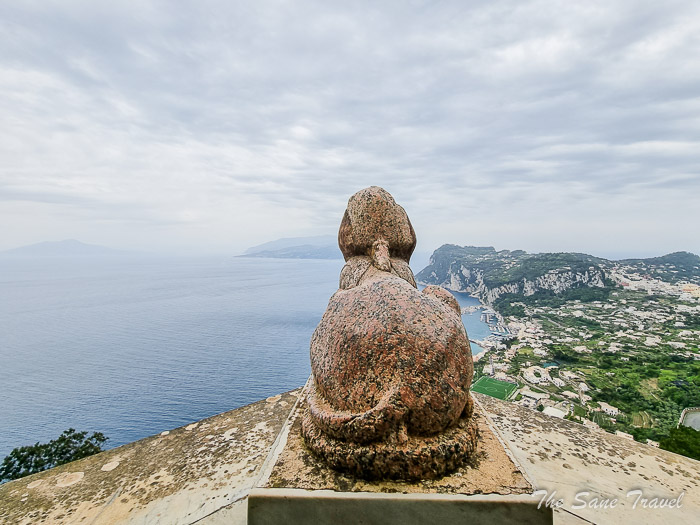
Sorrento
Piazza Tasso, named after poet Torquato Tasso, is a major attraction in Sorrento, known for its lively atmosphere.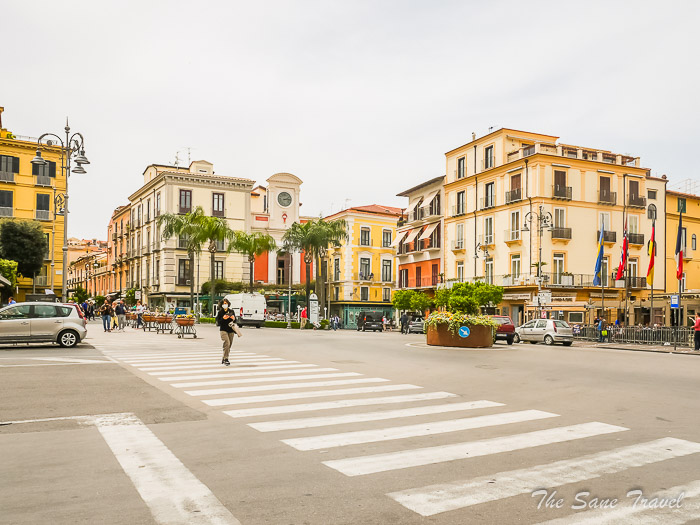
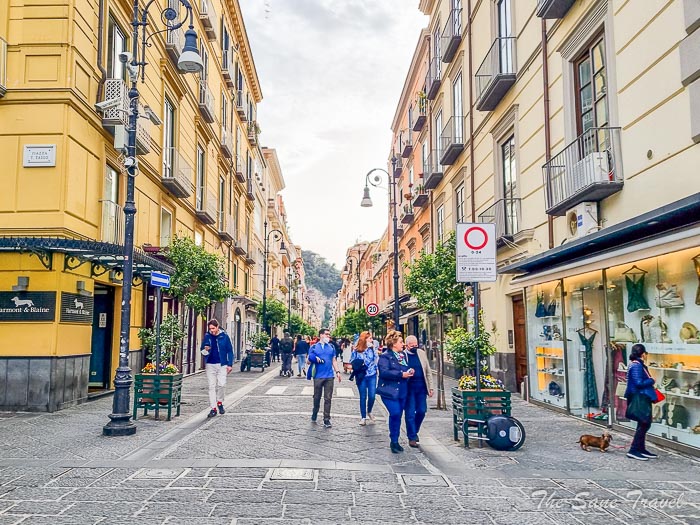
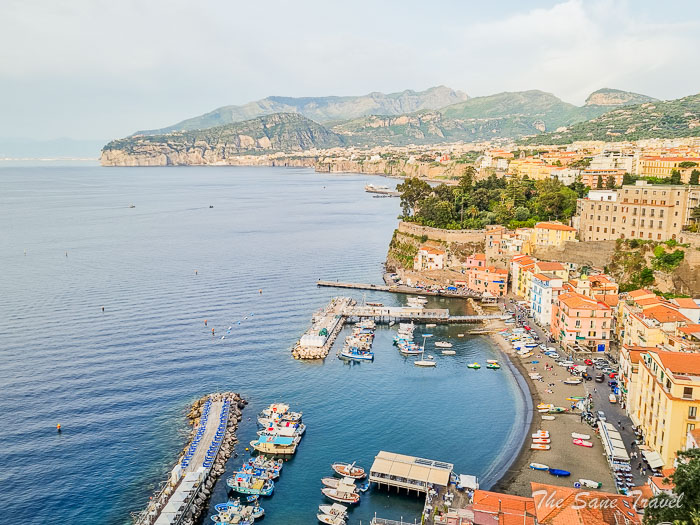
Overnight Sorrento
Day 6 Caserta Palace
After taking a 1.5-hour train ride from Sorrento to Naples and then a 45-minute train journey to Caserta, visit the Royal Palace of Caserta. It was a residence for various Kings of Naples in the 18th century and is the largest palace in the world representing Baroque art. Caserta is much bigger than Versailles and features various artworks and riches in its painted halls of the Royal Apartments. The Grand Staircase of Honour is also worth seeing.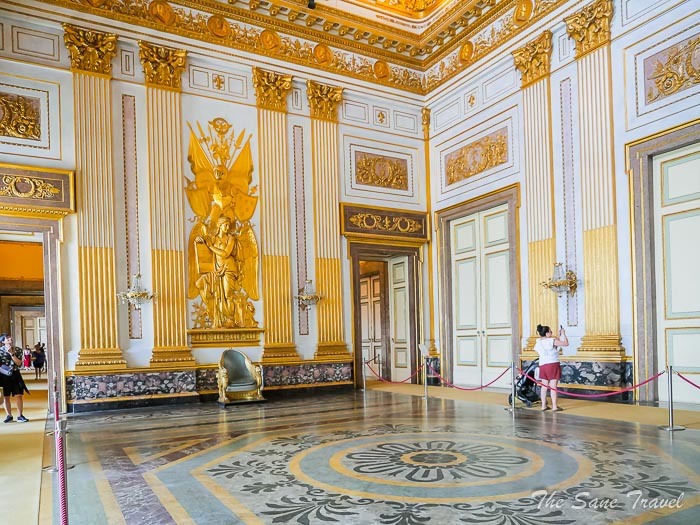
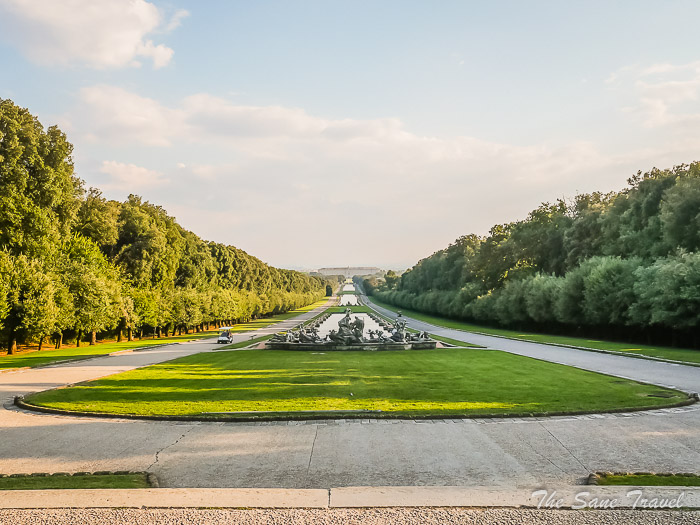
Overnight
Naples Gold Tower Lifestyle Hotel or B&B Aurora Luxury
Day 7 Naples
Follow my self-guided walking tour of Naples.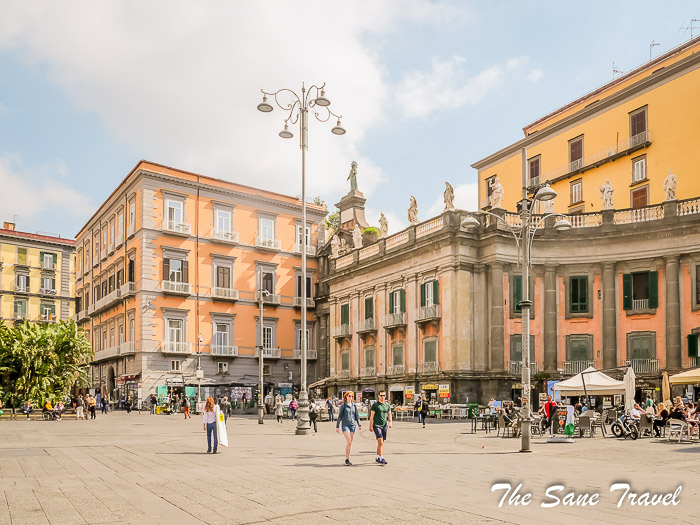
Evening departure back home.
Practical information
This itinerary is designed for those who use public transportation. It is crucial to check the transport schedule ahead of time to avoid any disappointment. Make sure to pack lightly, as you will need to carry your backpack on the Path of the Gods and other places. Use a luggage locker when available. Be aware that smaller ferries and boats on the Amalfi Coast may be cancelled due to wind, even if it is not very strong. Boats from Positano to Amalfi and Sorrento to Capri usually operate regardless. If you have more time, add a few days in Ischia to your itinerary. Note that customer service in this part of Italy may differ from that in the north of the country.
Like it? Pin it!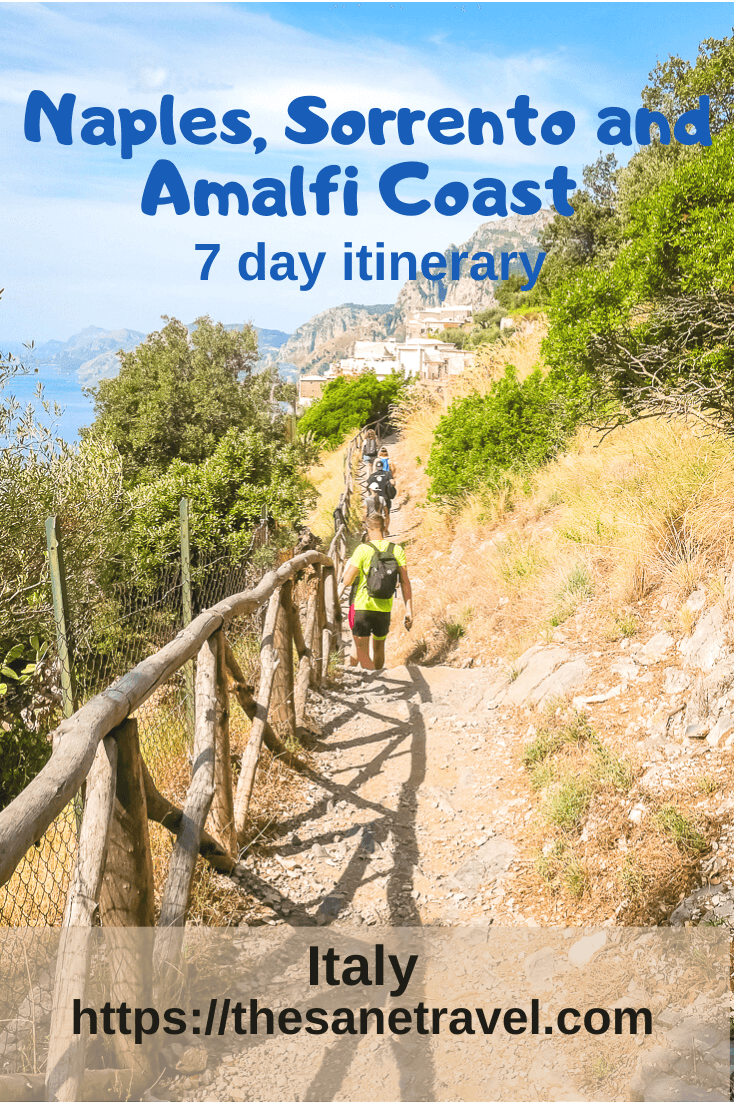
What did you think? Have you visited this part of Italy? I would love to hear from you, so please add your comment below.
Author: Anita Sane

About the author
Anita is a part-time traveller, passionate photographer and a retired career woman from Latvia, travelling mostly solo for more than 15 years. She is a skilled travel planner who plans and executes her travels by herself. Anita wants to show you how to travel the world and open your mind to new experiences. Follow her on Facebook, Instagram, Pinterest, Twitter and Bloglovin.

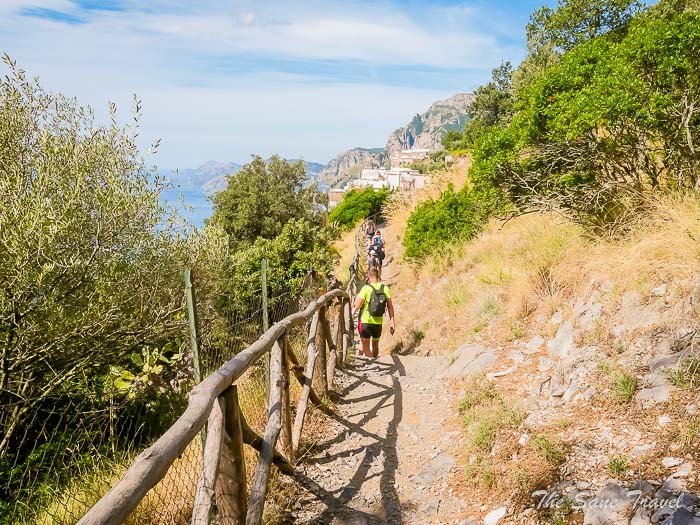
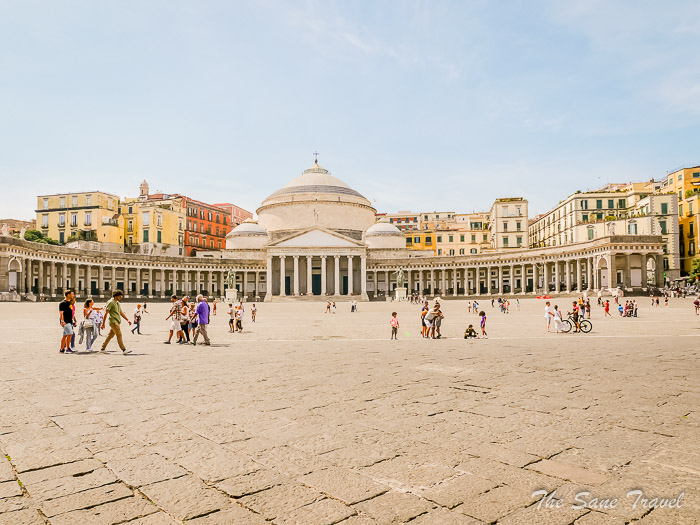
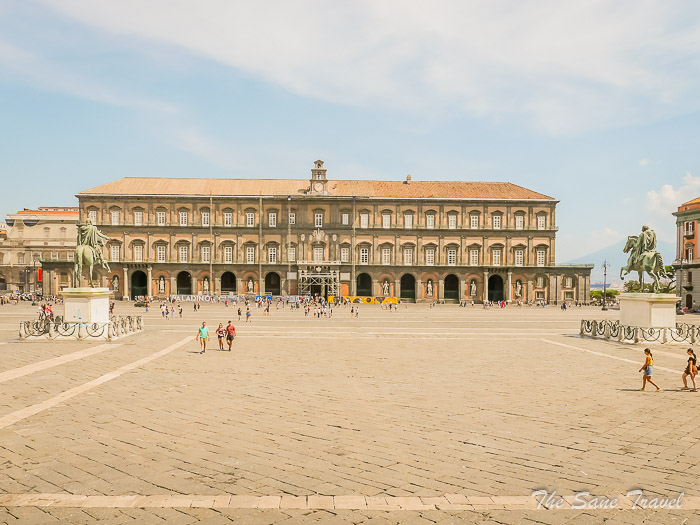
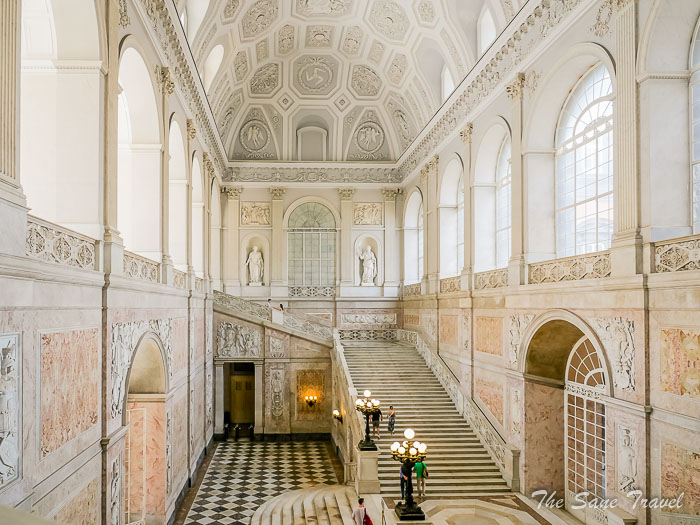

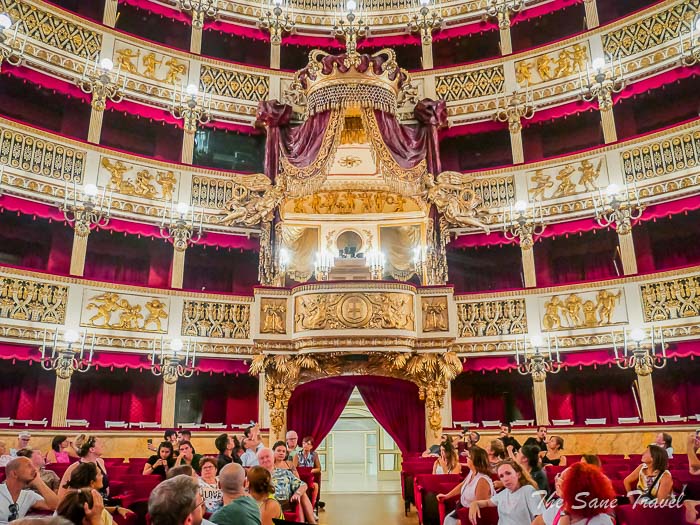
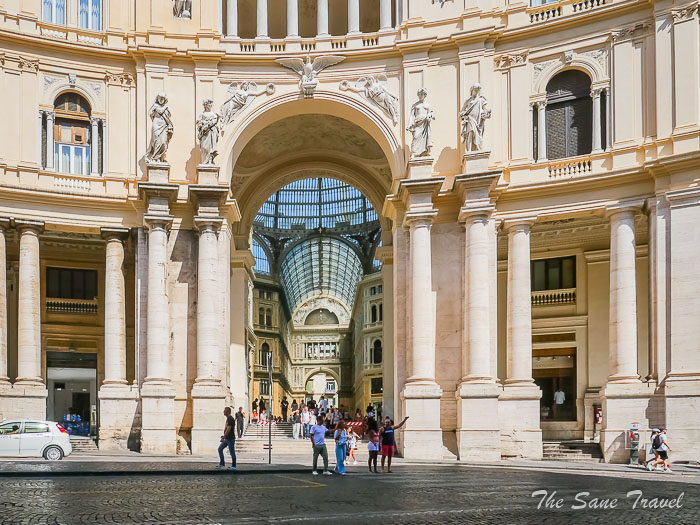
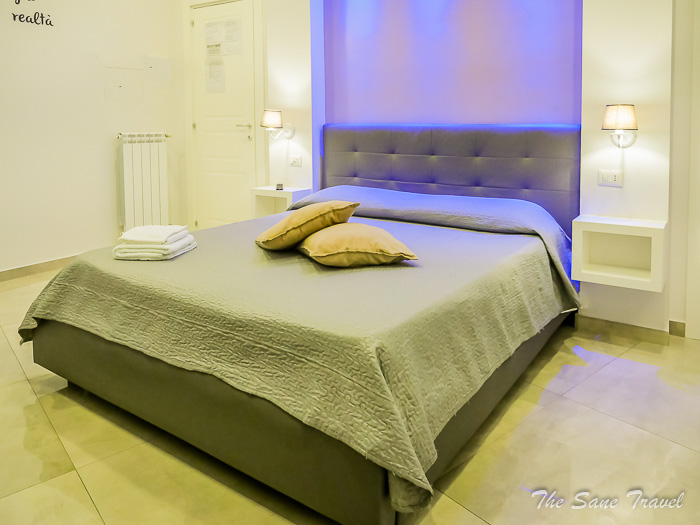
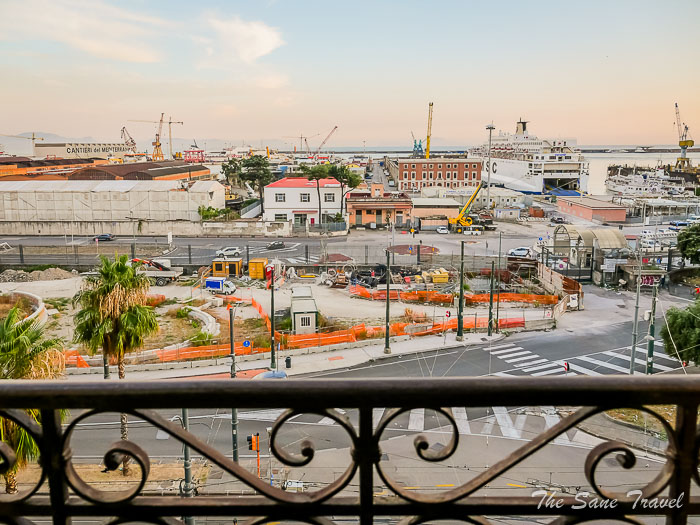
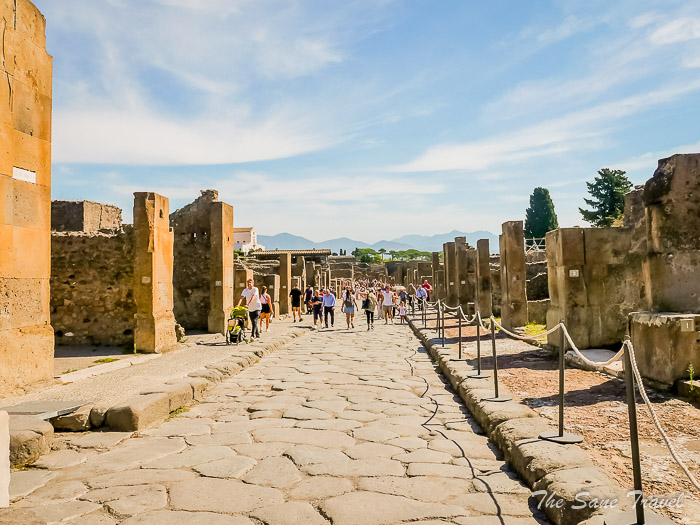
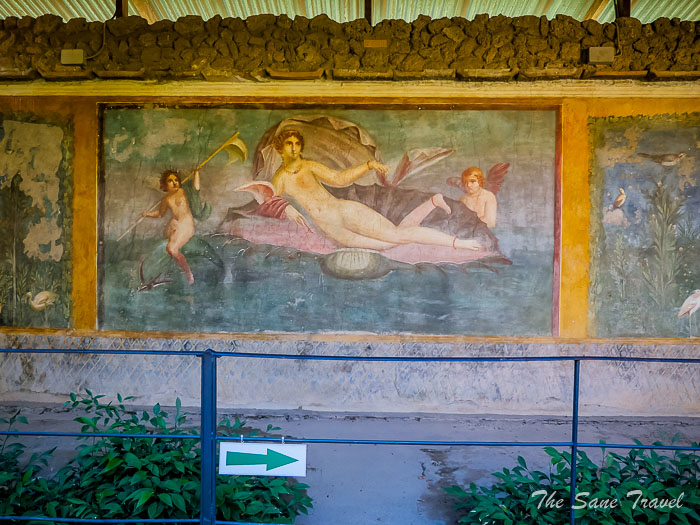
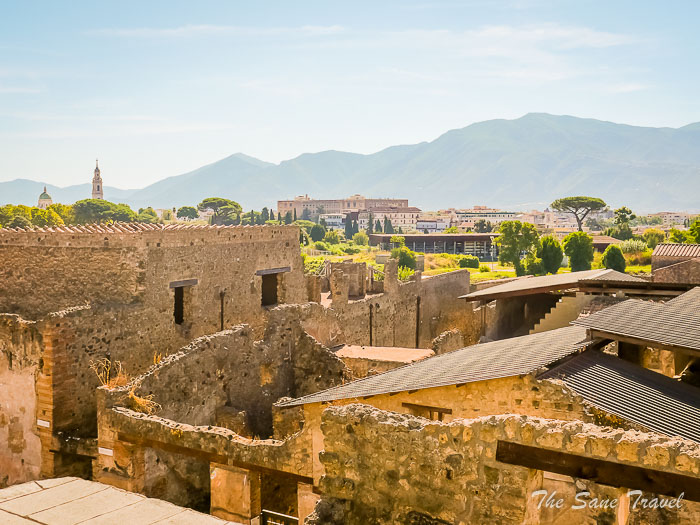

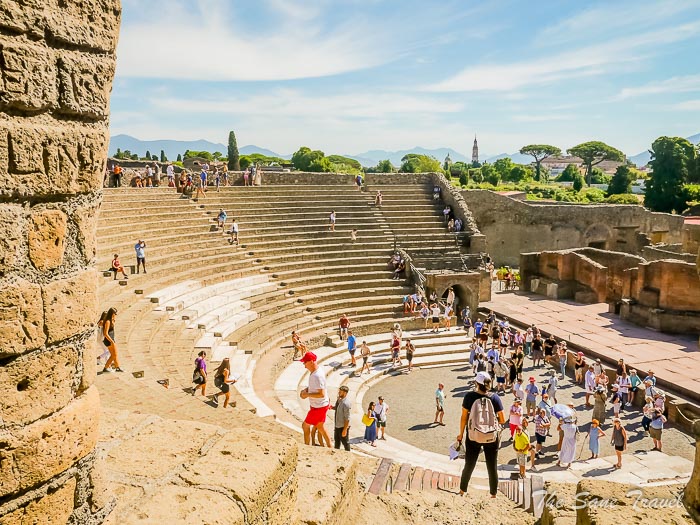
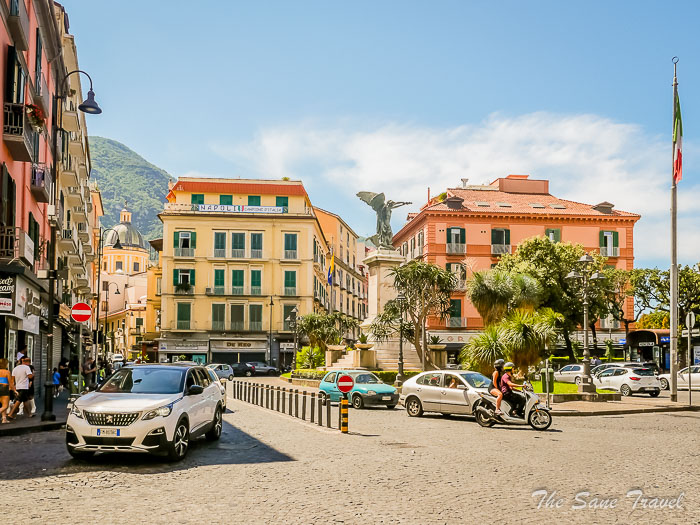
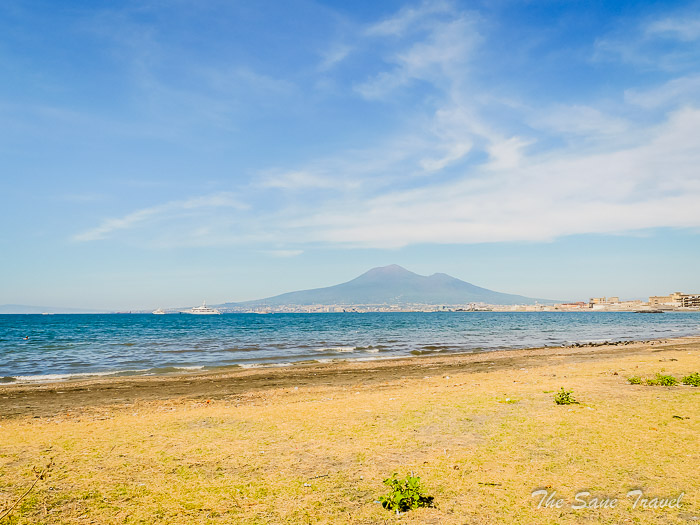
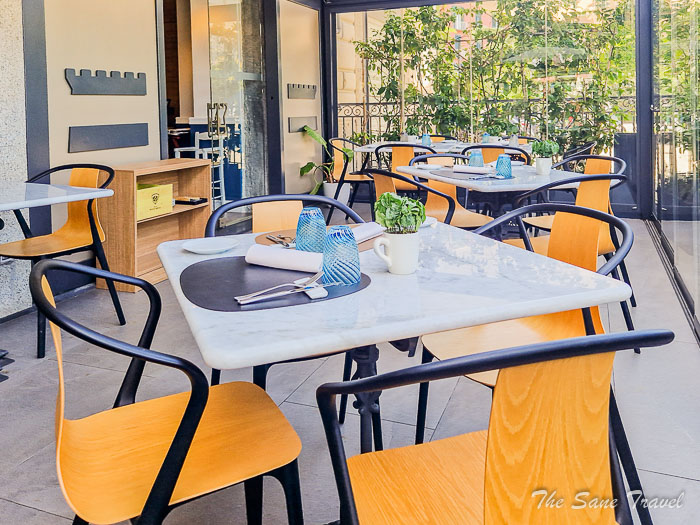

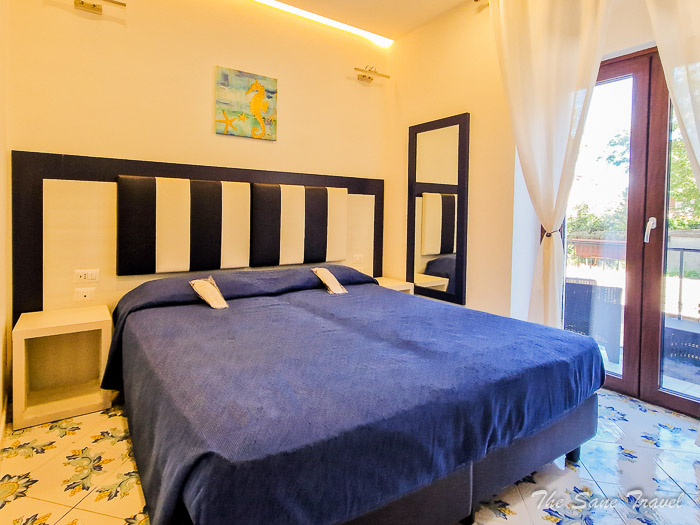
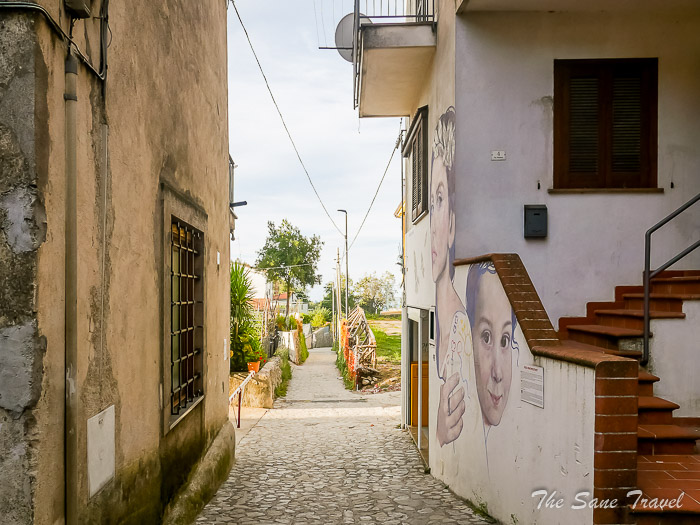
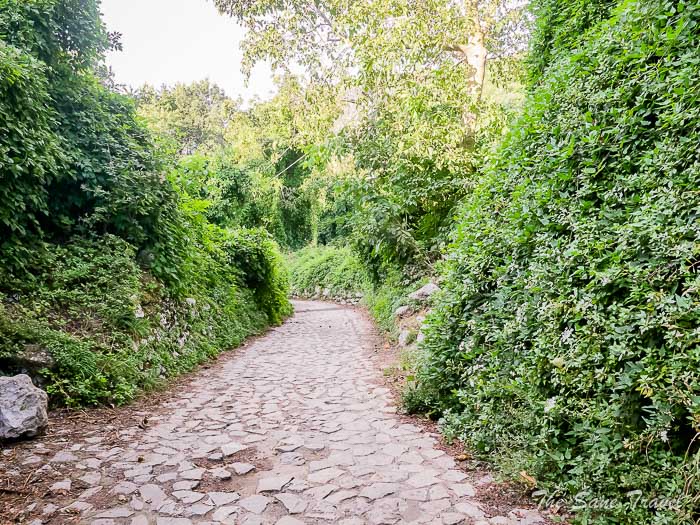
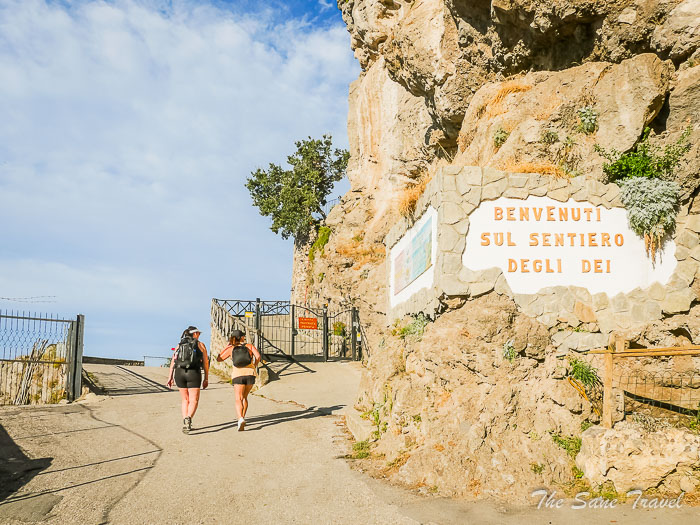
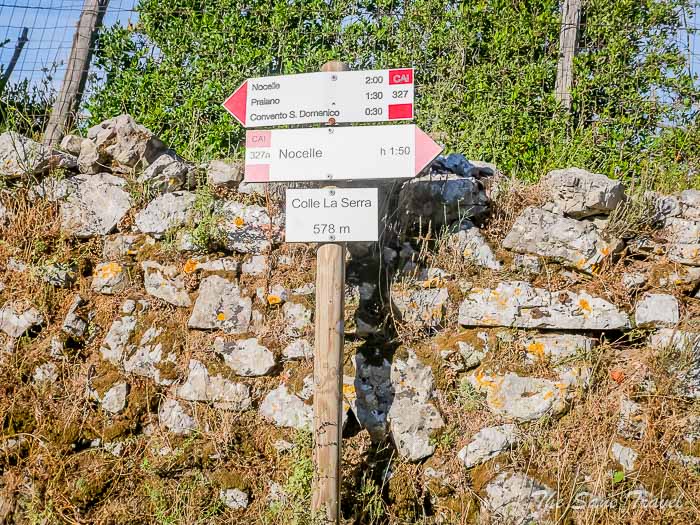
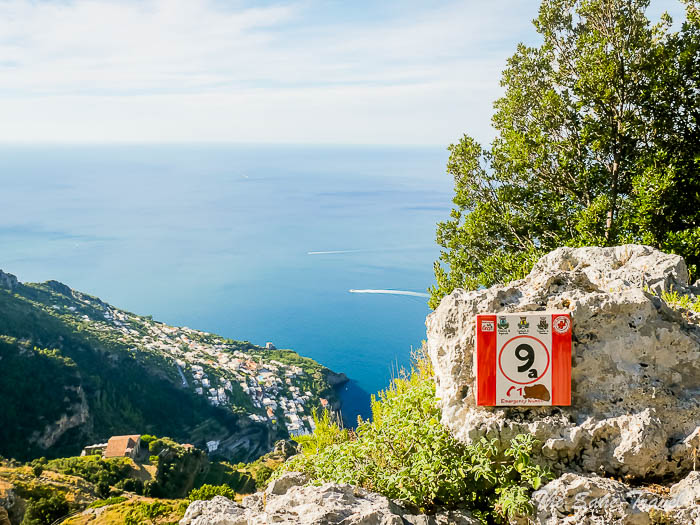
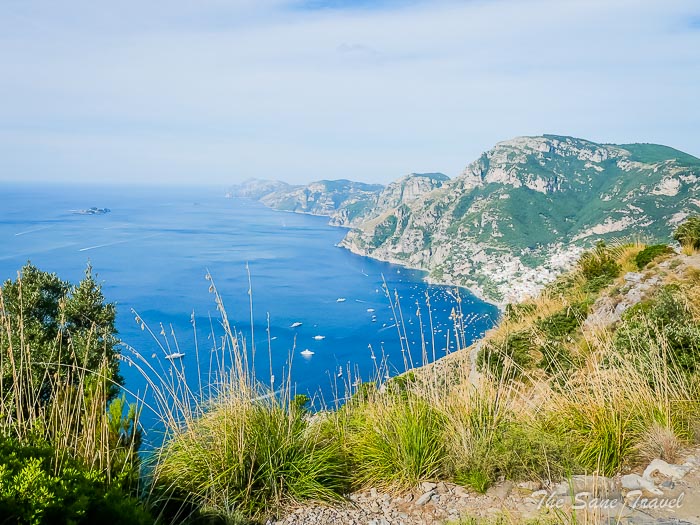
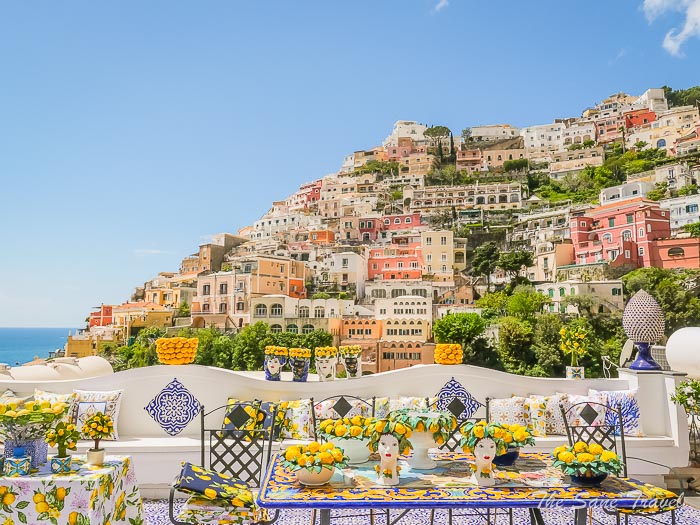
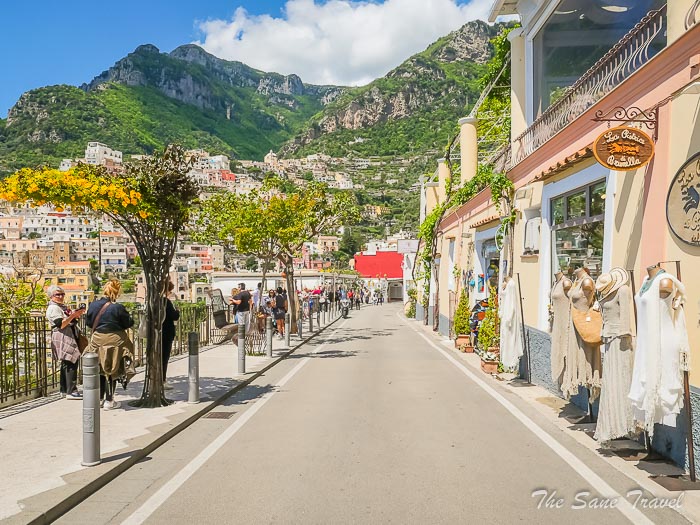
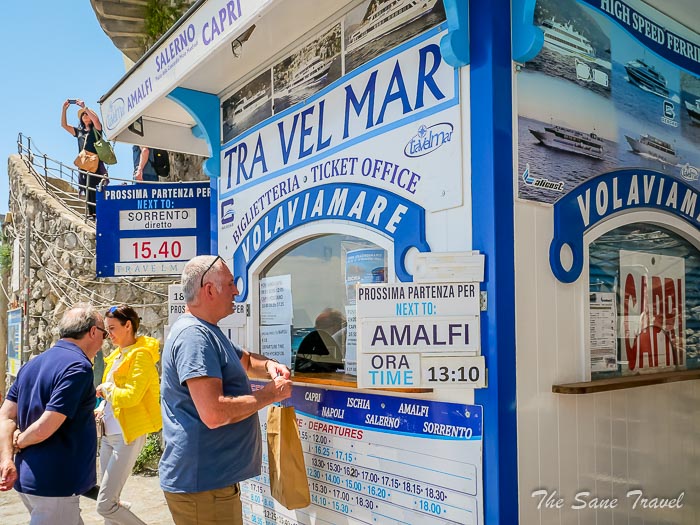
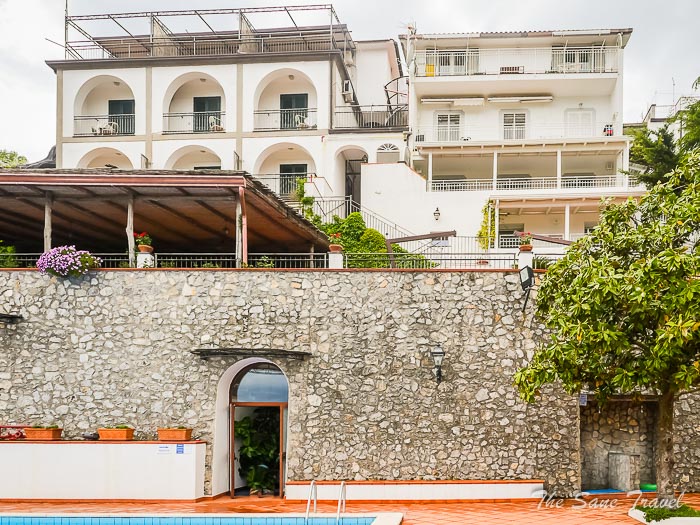
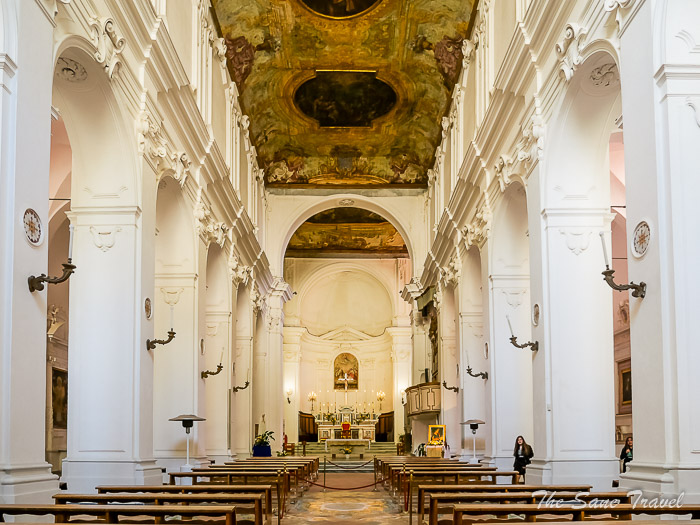
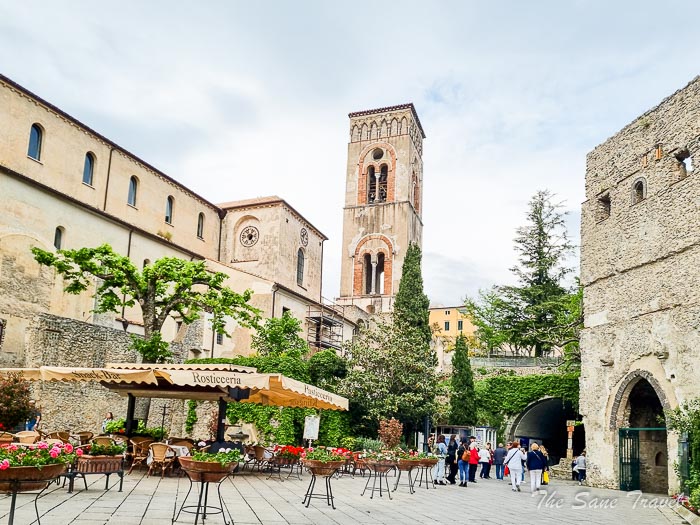
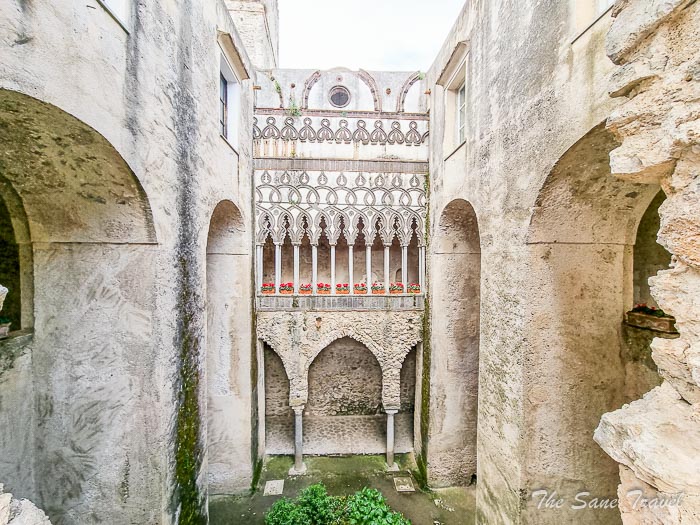
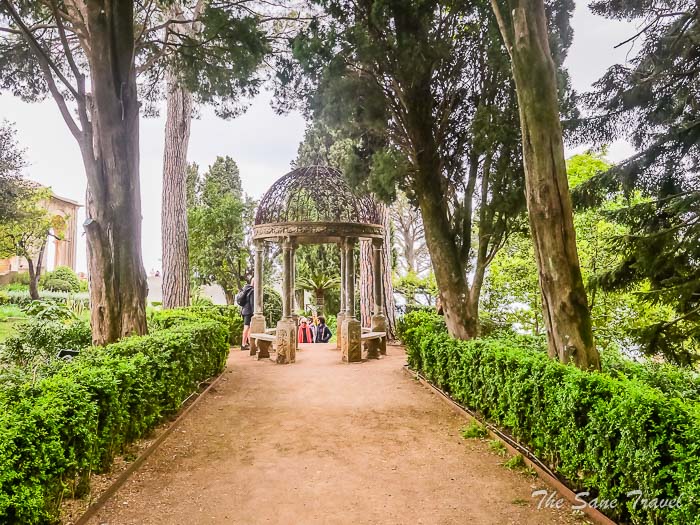
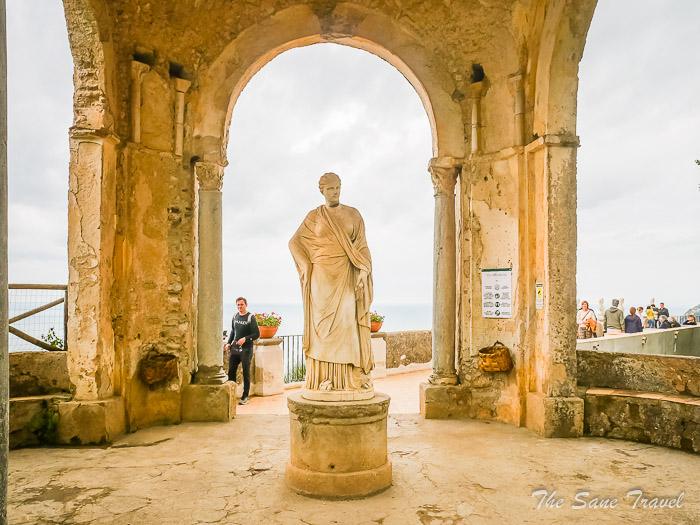
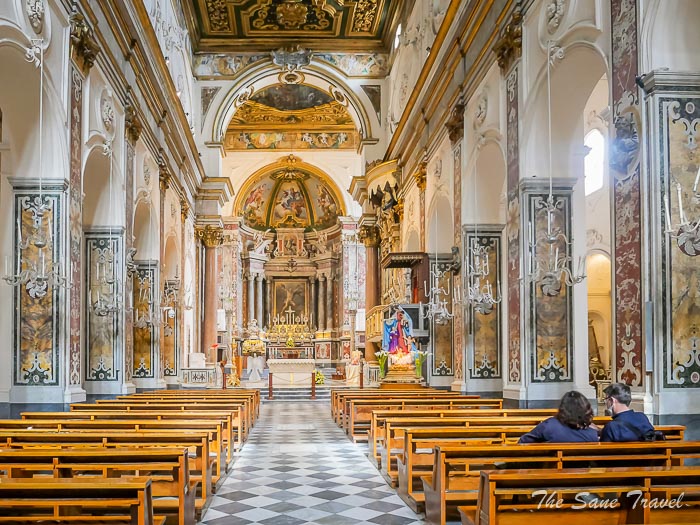
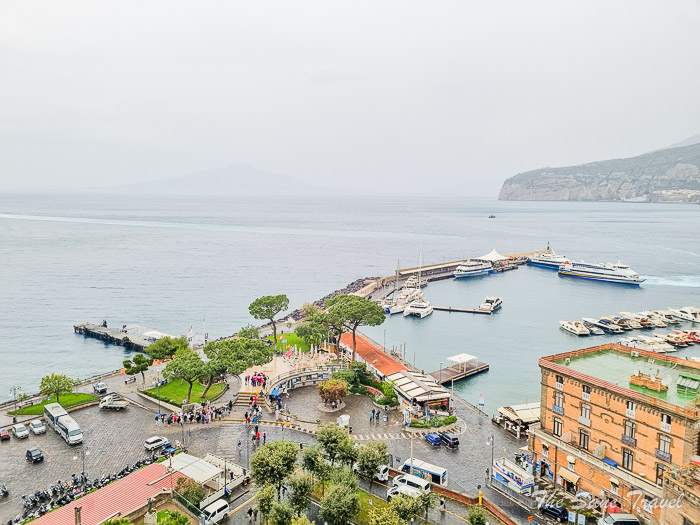
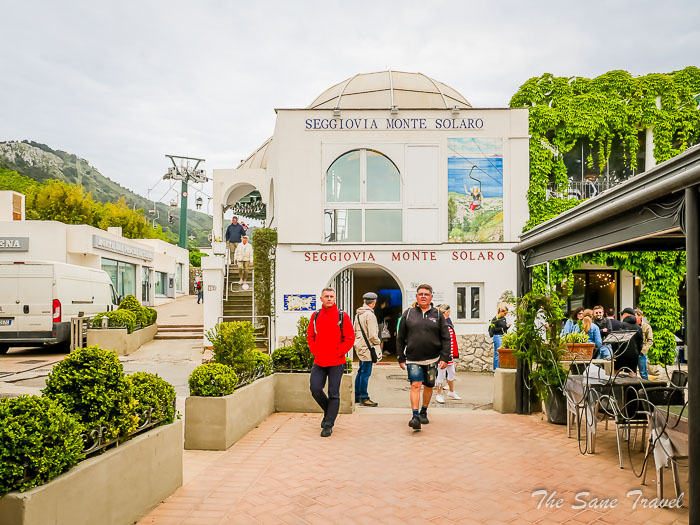
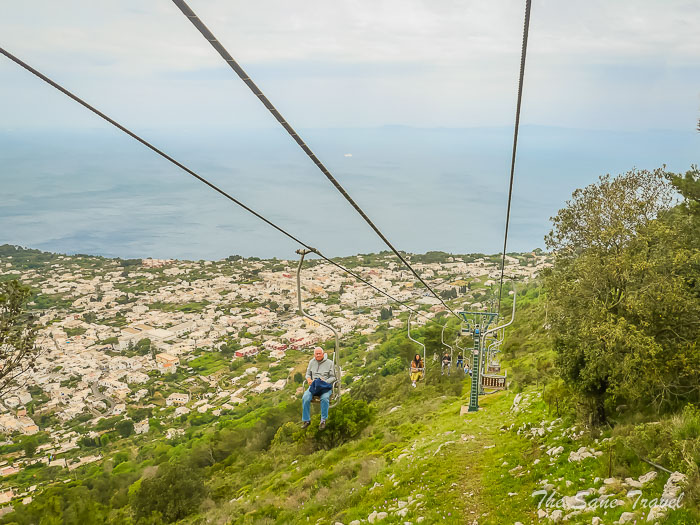
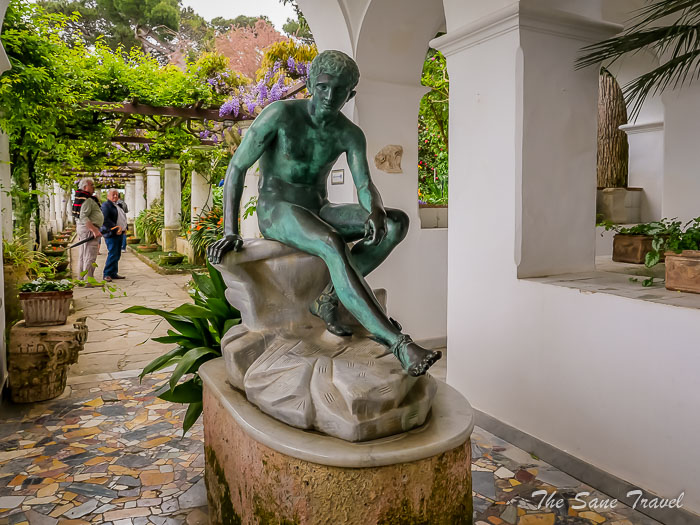
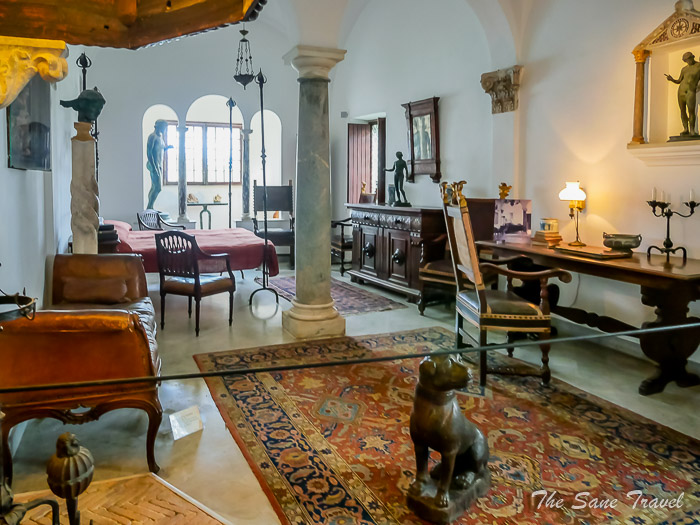
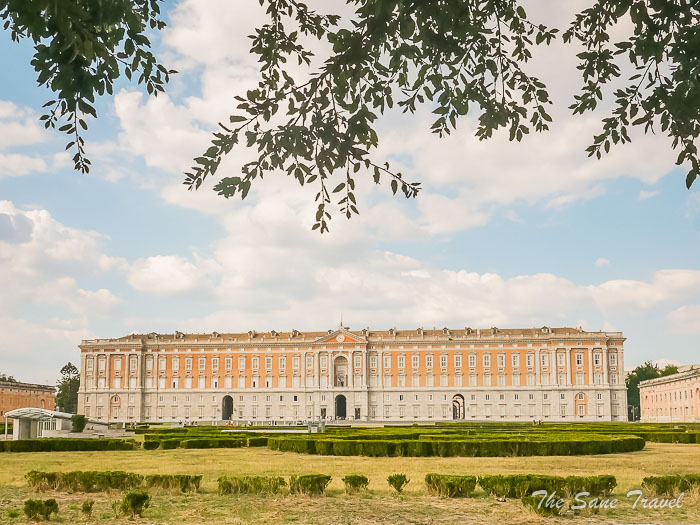
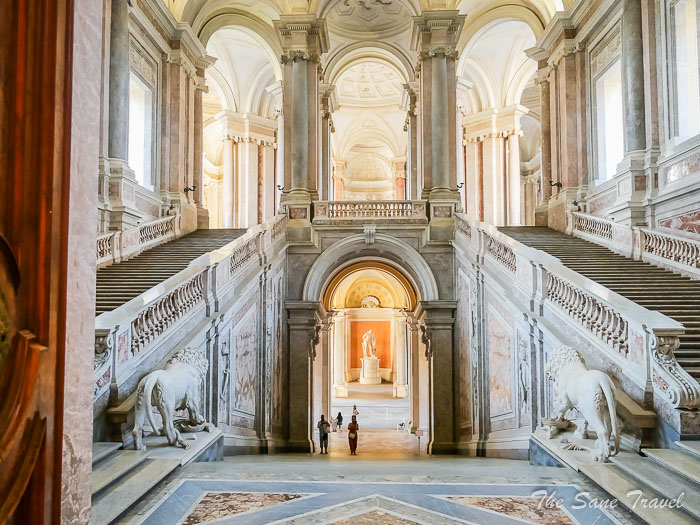
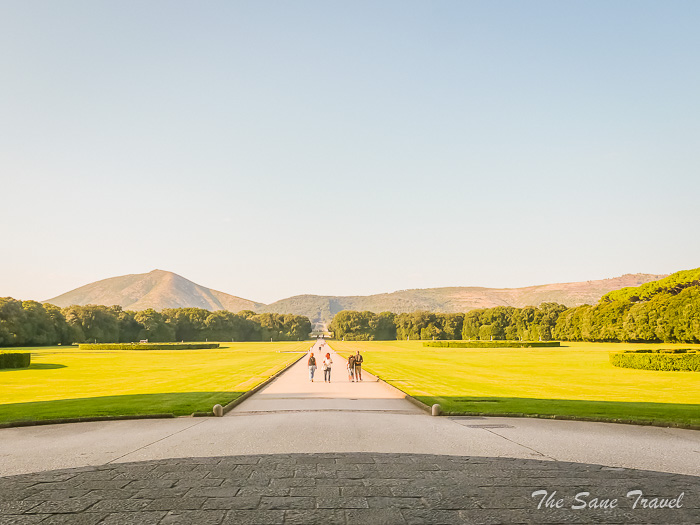
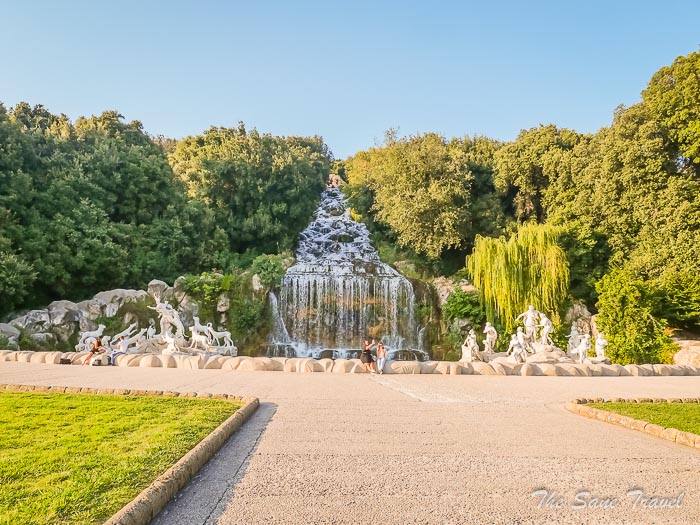
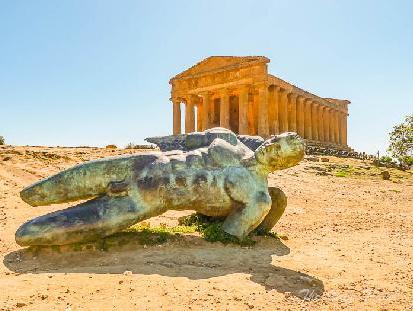
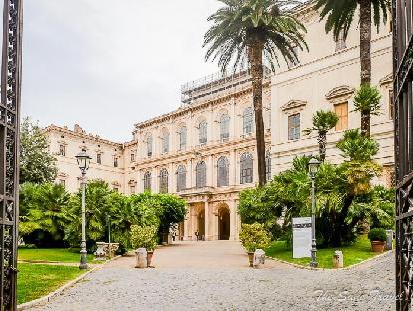
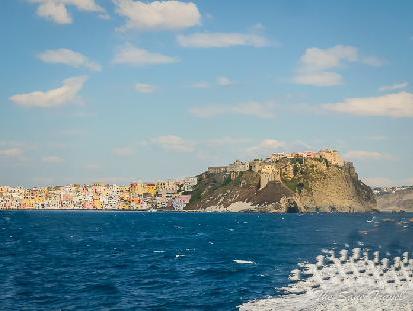
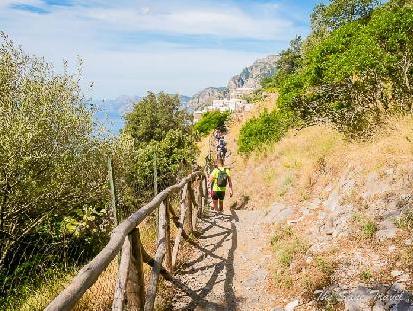
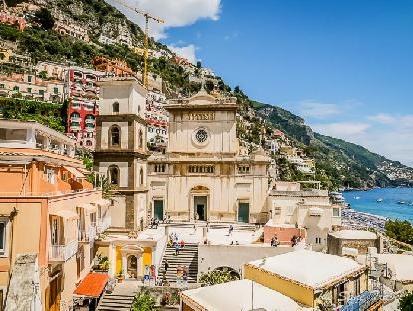
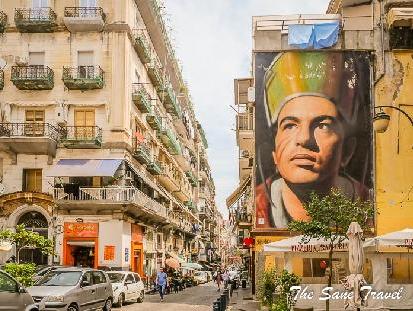
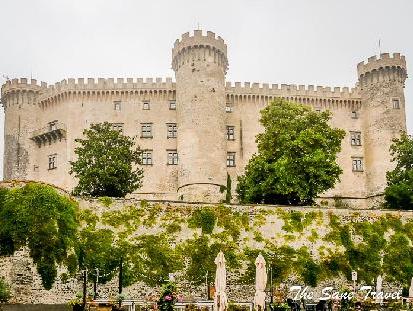
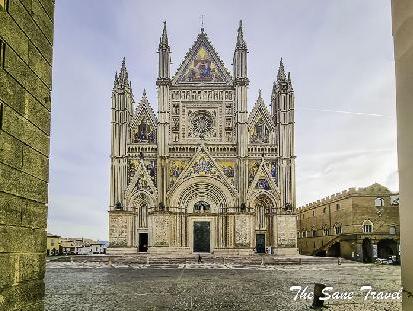
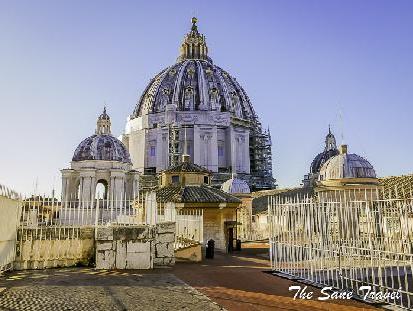
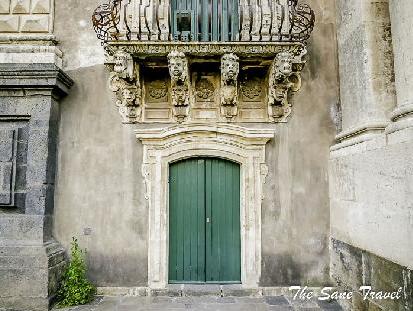
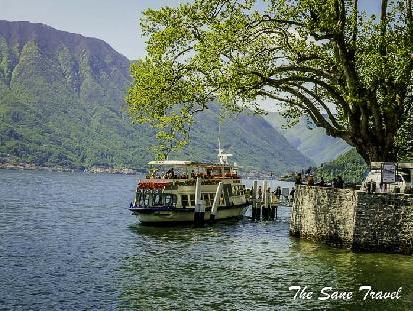
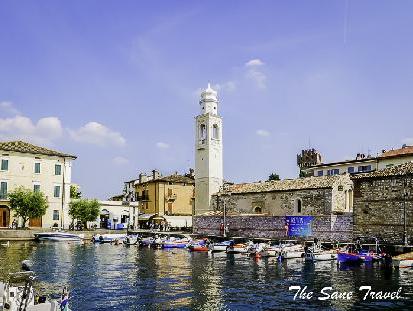
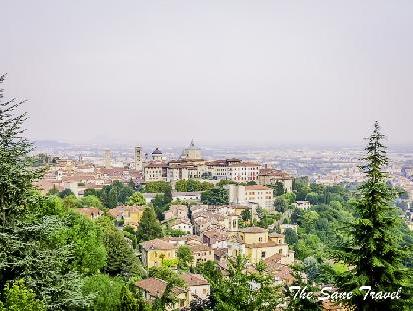
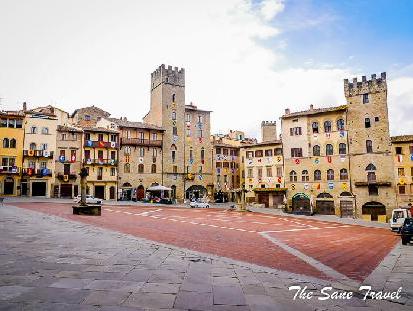
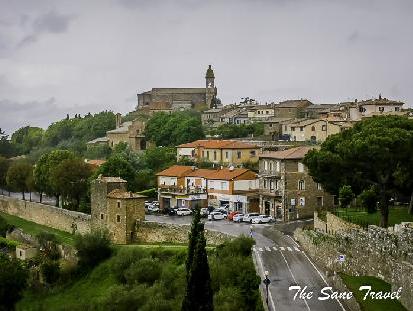
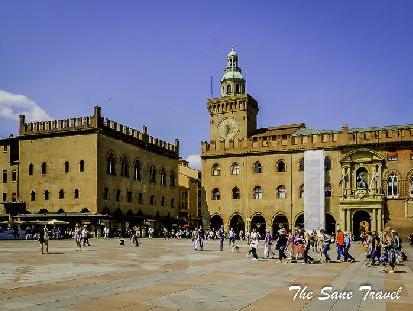
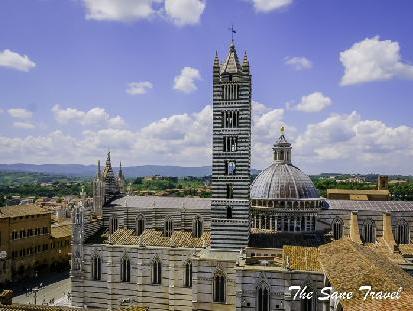
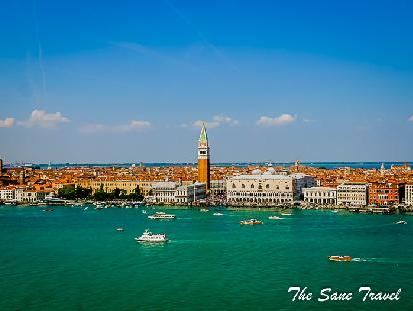
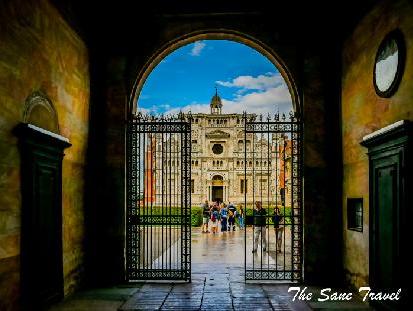
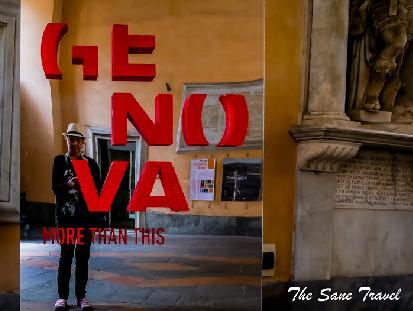
Report
My comments